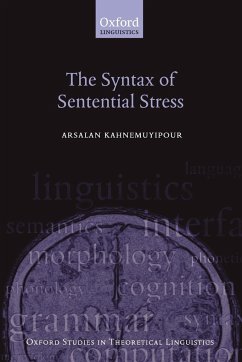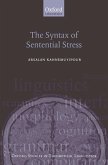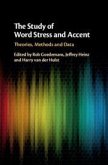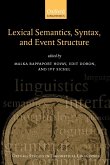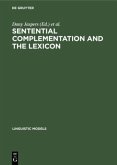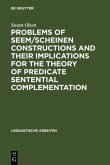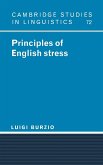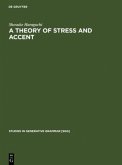This book explores the nature of sentential stress, how it is assigned and its interaction with information structure. Its central thesis is that the position of sentential or nuclear stress, the element with the highest prominence in the sentence, is determined syntactically and that cross-linguistic differences in this respect follow from syntactic variations. Presented in a Chomskian multiple spell-out framework, the author develops the Sentential Stress Rule and provides a
systematic way of accounting for a wide range of cross-linguistic facts, with data taken from Persian, English, German and Eastern Armenian. The author further proposes the Focus Stress Rule to handle the interaction between sentential structure and information structure. Sentential stress is thus
determined through an interplay between two components, the default Sentential Stress Rule and the Focus Stress Rule. Syntactic phenomena are not, the author argues, triggered by phonology or prosodic motivations: the relationship between syntax and phonology is always from syntax to phonology.
This important contribution to understanding processes at the syntax-phonology interface will interest syntacticians and phonologists at graduate level and above.
Hinweis: Dieser Artikel kann nur an eine deutsche Lieferadresse ausgeliefert werden.
systematic way of accounting for a wide range of cross-linguistic facts, with data taken from Persian, English, German and Eastern Armenian. The author further proposes the Focus Stress Rule to handle the interaction between sentential structure and information structure. Sentential stress is thus
determined through an interplay between two components, the default Sentential Stress Rule and the Focus Stress Rule. Syntactic phenomena are not, the author argues, triggered by phonology or prosodic motivations: the relationship between syntax and phonology is always from syntax to phonology.
This important contribution to understanding processes at the syntax-phonology interface will interest syntacticians and phonologists at graduate level and above.
Hinweis: Dieser Artikel kann nur an eine deutsche Lieferadresse ausgeliefert werden.

